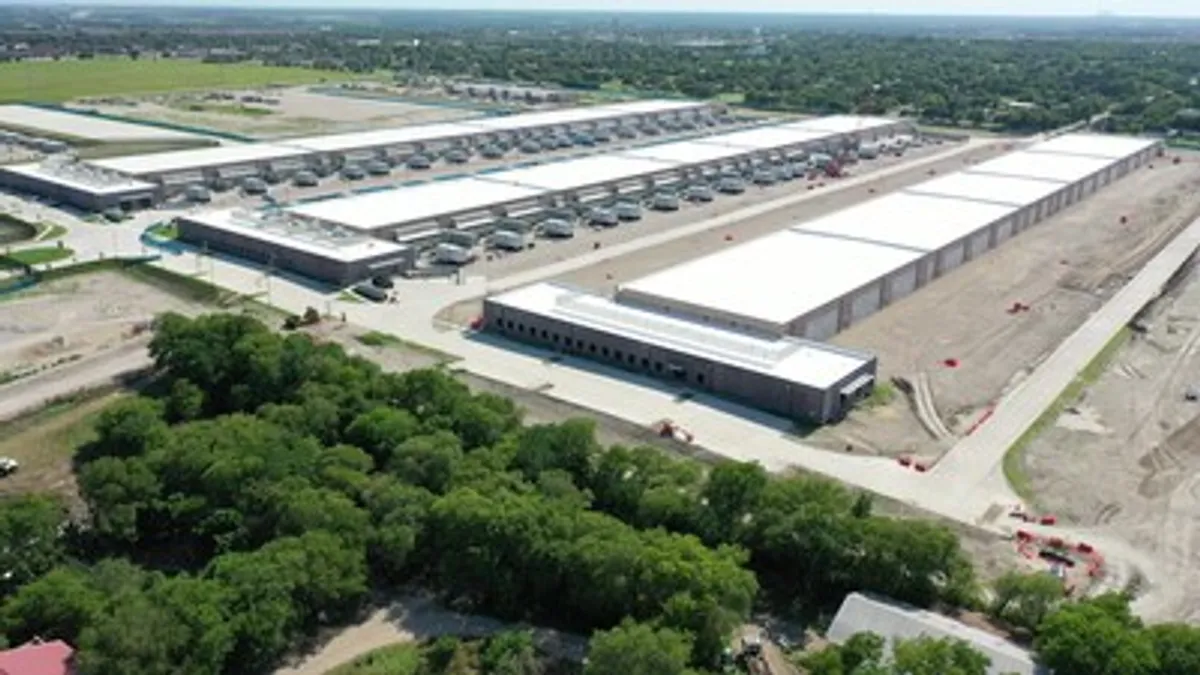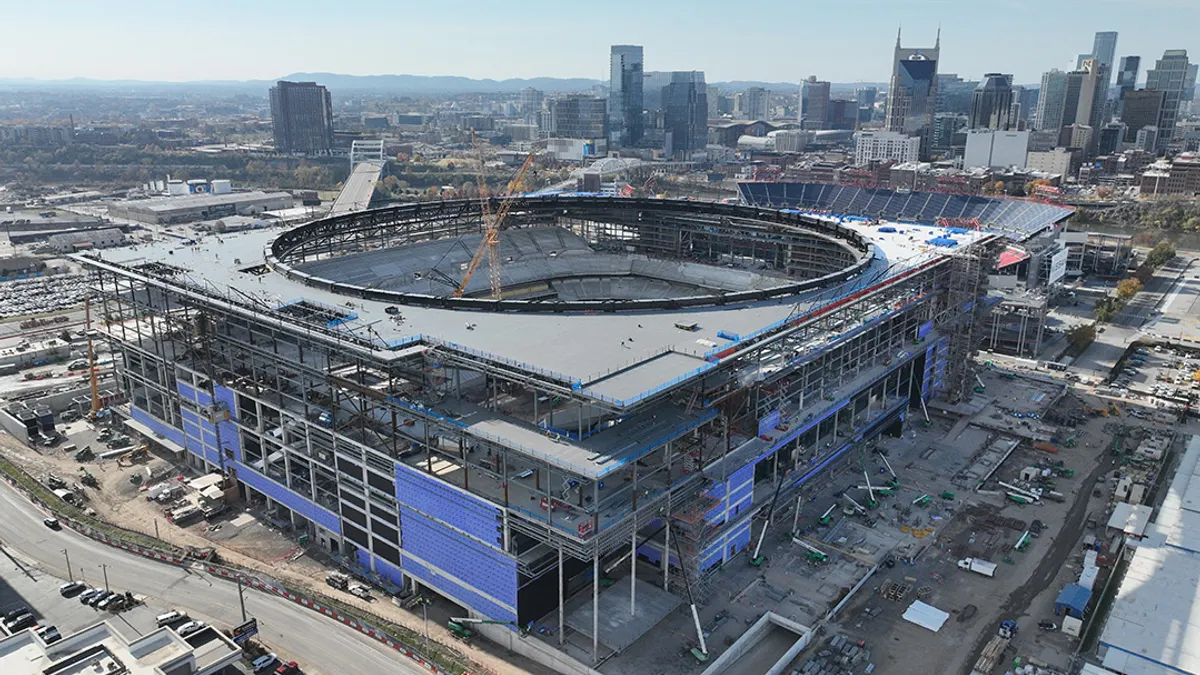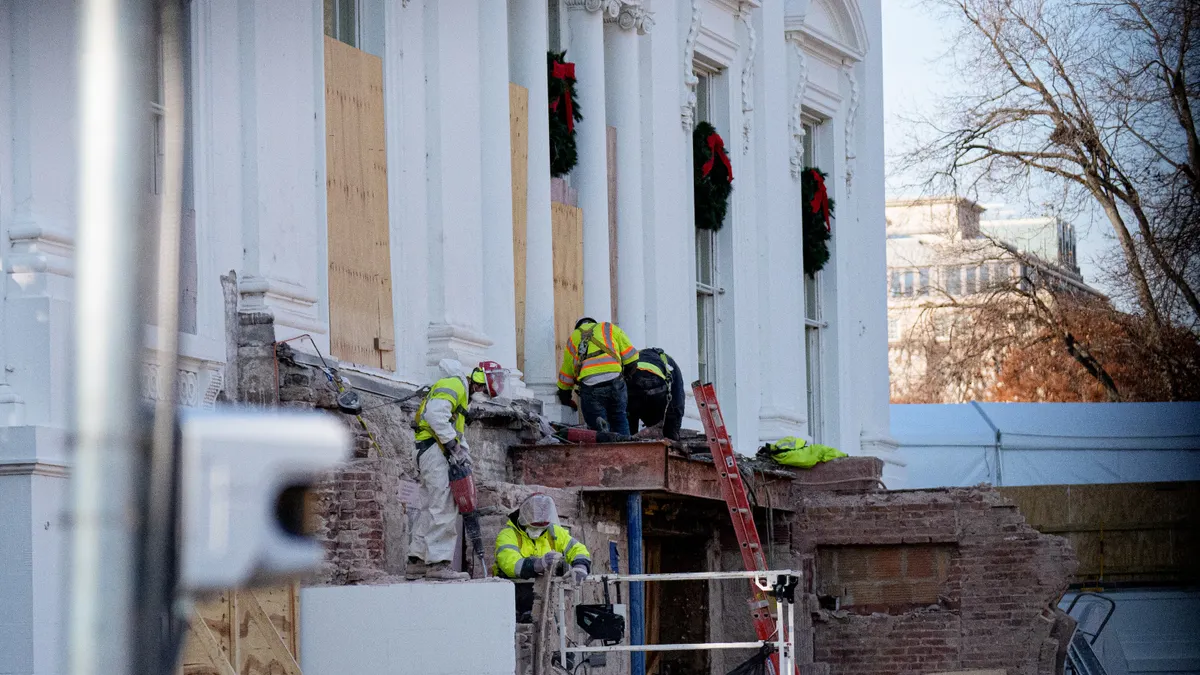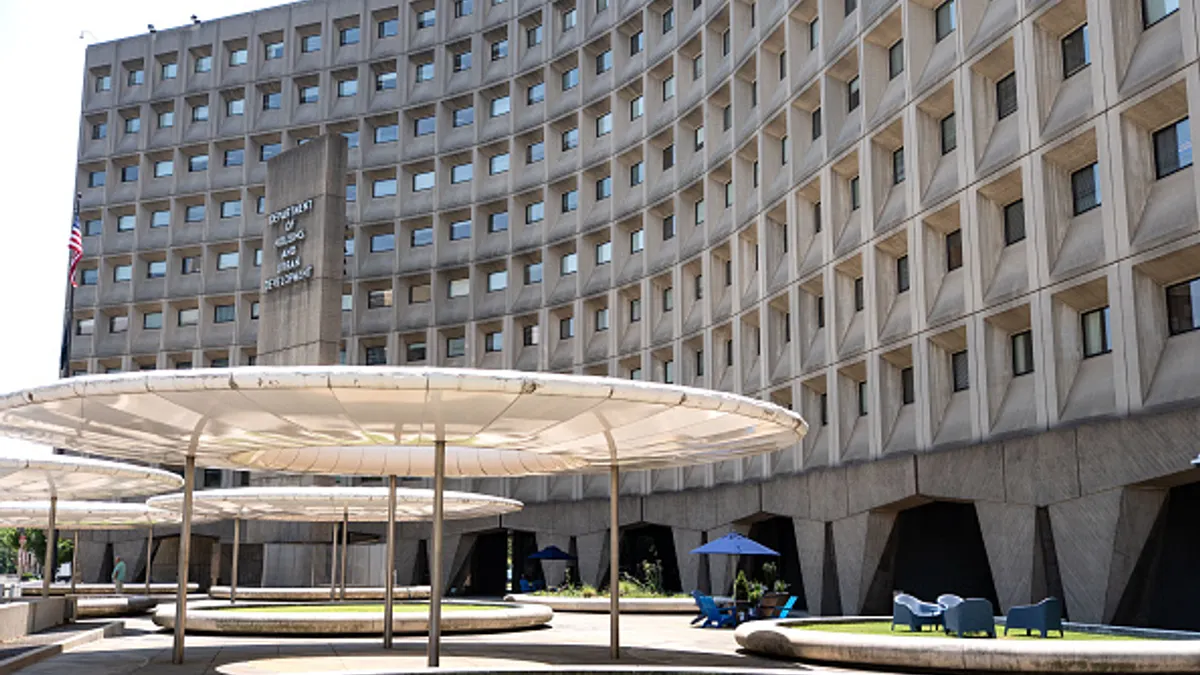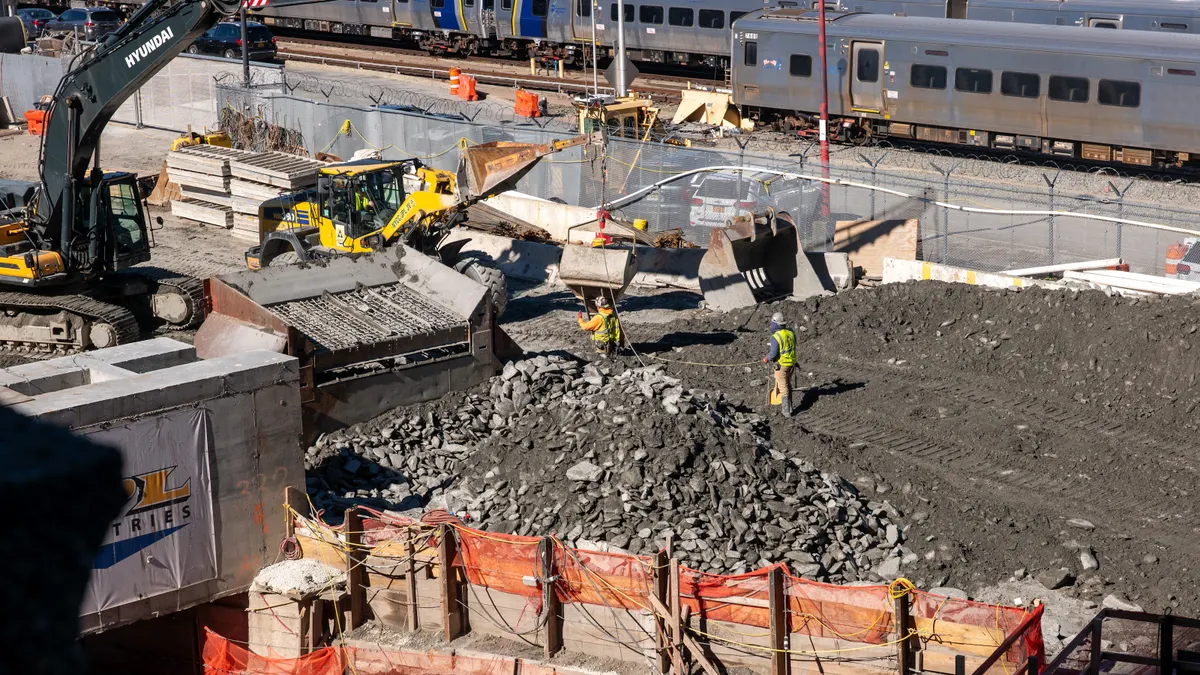Nancy Novak is Chief Innovation Officer at Dallas-based Compass Datacenters. Opinions are the author’s own.
Anyone who’s been in construction for any amount of time knows nothing happens in our business without an RFP.
They are indispensable in our industry for bringing together owners and contractors to accomplish big things. But there’s a problem. Far too often, the RFP process is dysfunctional in ways that are a lose-lose situation for both owners and general contractors.
During my career in construction I have worked on both the contractor and owner sides of the business, allowing me to experience the RFP process from both points of view.
Trust is so critical when organizations come together to work on ambitious construction projects. And RFPs are the first opportunity for owners and GCs to begin building the kind of trust that drives better outcomes.

I have made that a focus of the way Compass Datacenters conducts RFPs, and the result has been a level of partnership with our GCs that has been a huge engine for innovation, for driving efficiency and cost reduction, for accelerating delivery timelines and for driving advancements in quality, sustainability and worker safety.
Adversaries vs. partners
RFPs should be the start of a partnership. But so often, the result is the exact opposite.
RFPs tend to be written, issued and conducted with a mindset that the two sides of our industry are involved in a zero-sum game. It’s plain to see in the language of RFPs and the meetings that follow: the assumption is that this process will end up with a winner and a loser in terms of finances, risk and more. This immediately puts both sides in a defensive position where the people across the table are not a potential partner, but an adversary.
I understand how we got here. Everyone in our industry has trauma from deals that have gone wrong, leaving one side or the other losing money or being saddled with the consequences of imbalanced risk. Given those unpleasant experiences, I believe our industry has let concerns about contractual language — something that should be left for much later in the project lifecycle — hijack the RFP process.
Doing so turns proposal processes into a preliminary battlefield over risk concerns that only do damage in the early stages of talks between owners and GCs. It’s like being on a first date and starting an argument about who would hypothetically get custody of the dog if there is ever a divorce. That’s no way to start a relationship, in dating or in construction.
This dysfunctional, trauma-driven approach to RFPs causes harm to both owners and GCs in unacceptably higher costs, frustratingly inefficient processes for reaching agreements and distorted relationships that inhibit collaboration and innovation. It also negatively impacts the most important goals in this business: delivering on time, building with quality and doing all of that profitably.
A call for change
This is why we desperately need a new approach to RFPs in our industry. We should stop using RFPs to fight early battles over the terms that will be in the Right to Remedies and Administrative sections of the contract. Focusing RFP processes so heavily on risk management is not conducive to establishing a partnership that will successfully bring a project from concept to reality.
Instead of focusing the RFP process on legal maneuvering, the emphasis should be an open dialogue scope that stays as much in the realm of layman’s terms as possible rather than drifting into legalese that makes GCs feel less like a potential partner and more like someone who isn’t trusted.
At a time when owners need contractors more than ever because of the workforce crisis and the number of projects that are in holding patterns because of a lack of GCs to build them, making contractors feel like they are the adversary is simply bad business.
Instead, owners need GCs to become their partners, and it should start with the RFP process. The RFP should give GCs a chance to show off their strengths and best ideas for the planned project. To give them that opportunity, owners need to stop writing RFPs to focus on the structure of the business relationship and to focus more on the means and methods of accomplishing the shared objective.
RFPs deliver the most value to owners when those proposals and meetings include open discussions about how contractors can apply their experience and creativity to solve complex problems.
In fact, to ensure that this collaborative discussion does not fall into the trap of being an early contractual battlefield, I recommend that the process start before the RFP is crafted by engaging in pre-RFP dialogues. This seeks out GC input on how the project objectives should be envisioned and how best to design the RFP to meet those objectives. It is also how partners work with one another: with open communication that builds understanding and trust, in service of achieving a common goal.
This is particularly valuable for generating innovative ideas for site adaptation that are likely to drive lower costs, faster timelines and better outcomes. The owner may have a vision for the project, but you need the contractor’s perspective to shape the strategy for adapting the plan for a given site. Their suggestions will be critical to defining the scope of work in the right way. When RFPs are structured in a way that stymies open dialogue and collaborative problem-solving, that kind of communication rarely happens.
When given the chance to act as true partners, again and again I have seen contractors step up, embrace the opportunity and bring tremendous ideas to the table that make projects better every time.
As owners, we have the ability to drive positive change with the way RFPs are conducted in our industry. It’s time to seize that opportunity, and I believe there are enormous competitive advantages for owners that do.
Market conditions make it harder than ever for owners to find construction partners to take on urgent projects. GCs are in tremendous demand and have their choice of projects to work on, and they want partners who want to share risk fairly, who give contractors a voice in the process and whose approach to RFPs lays a foundation for collaboration. Owners that demonstrate that they truly have a partnership mindset are the ones who are going to be successful.


